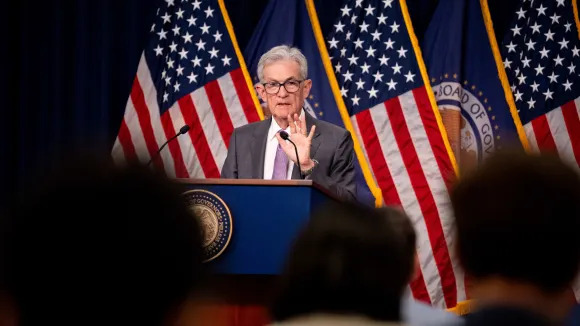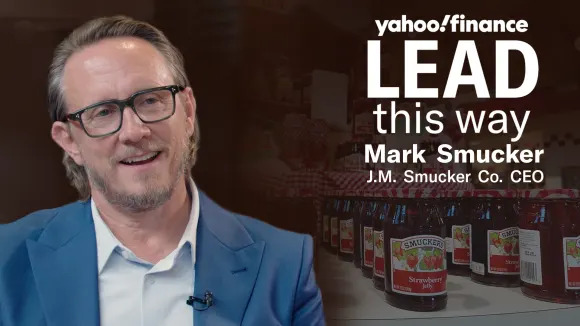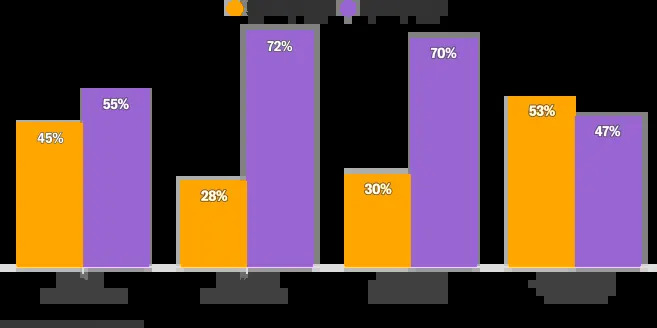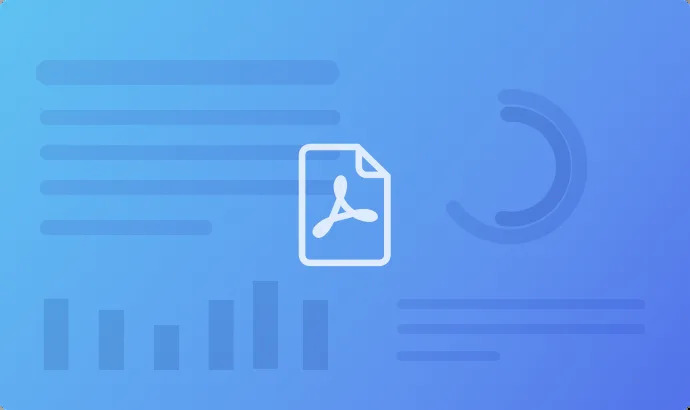Inflation and retirement: How to manage risk while saving
Inflation has fallen in recent months, down from June 2022 when inflation peaked at a 40-year high of 9.1 percent. What is the effect of inflation on those saving for or living in retirement? Robert 'Bob' Powell, and author, consultant, and professor Charles Chaffin break down the latest inflation numbers, how to manage the risk of inflation while saving for retirement, and how to protect yourself from common behavioral biases while saving for retirement. Inflation and its effect on retirement savings (00:20) The Consumer Price Index (CPI) was up 2.9 percent year-over-year in July, the Personal Consumption Expenditures Price Index (PCE) was up 2.5 percent month-over-month, and the Producer Price Index (PPI) is up 2.2 percent year-over-year, according to the U.S. Bureau of Labor Statistics. Chaffin provides his tips for mitigating risk while saving for and planning for retirement. "First and foremost is, what's your budget? What's your planning when it comes to your daily spending, discretionary spending, discretionary investing and whatnot, and what are your goals related to that?" Chaffin explained. "So basically what people could do is, within that budget, say, okay, what are the things that I need to spend? What are important for me to spend upon? And what are the things that I don't necessarily need to spend? Which could be really, really helpful." How to protect yourself from behavioral biases (10:10) Powell and Chaffin also discussed common behavioral biases and how to protect yourself while saving for retirement. "Status quo bias is challenging for us because we're basically hardwired to stay where we are," Chaffin said. "So we can use that from a saving and investing perspective to our advantage. We can automate going back to that $5 a week. We can automate that, right? We could get that taken out of our account." "Now, when it comes to something like confirmation bias, which everybody wants to talk about, particularly in an election season. We look for news that is confirming our beliefs and all that," Chaffin explained. "Basically when it comes to confirmation bias, we're really susceptible. Particularly if you think about early stages of cryptocurrency or some elements of active investing. You know, people will post, or they'll talk about all their wins. They don't always talk about their losses. ... So help them find sources that are going to work for them and kind of limit some of that confirmation bias." Importance of Investment policy statement (15:35) An investment policy statement serves as a roadmap to an investment portfolio. Powell and Chaffin broke down investment policy statements and why they are essential to a successful retirement plan. "You have that plan, and you may even go ahead again and write down, these are the things that could happen along the way," Chaffin explained. "And then when you have that desire to panic, because you will have that desire to panic, everyone's telling you that the sky's falling ... go to that plan and look at those hurdles. Oh, there it is. Yes, it could happen. And it did happen. I'm fine." Ask Bob (22:10) In our special segment, Ask Bob, Bob answers the most common retirement and investing questions from our listeners. Question: I have the option of investing in a Roth 401(k) or a traditional 401(k). Which do you recommend? Answer: The general advice is this: ? If you expect to be in a lower tax bracket in retirement, a traditional 401(k) might be a good choice, as you'll pay less in taxes on your withdrawals. ? If you expect to be in a higher tax bracket in retirement, a Roth 401(k) could be beneficial, as you'll avoid paying taxes on your withdrawals. Question: I just started working for a company that offers a 401(k), how should I invest my money? Answer: First, contribute at least enough to get your full match from your employer. Most commonly, that means you’ll contribute 6 percent of your salary and your company will contribute 3 percent of your salary. So that means, right out of the gate you’re saving nearly 9 percent. That's a good start for someone just starting out. Next, set up your contributions so that your savings rate auto escalates by say 1 percentage point each year. Next, let's talk about investing. The easiest thing to do, if you’re a novice, is invest in what's called a target date fund. That's a fund which is based on your time horizon, your anticipated date of retirement. Target date funds pursue a long-term investment strategy, using a mix of asset classes (or asset allocation) that the fund provider adjusts to become more conservative over time. If you have some experience, maybe consider investing in ETFs, one that tracks the S&P 500 (^GSPC) Index and one that tracks the tracks a broad-based bond index. So, say 90 percent in the former and 10 percent in the latter. If you've got questions about money or retirement, email us at [email protected]. Video highlights: 00:20 - Inflation and its effect on retirement savings 03:30 - Budgeting for retirement 06:25 - Managing inflation while saving for retirement 10:10 - How to protect yourself from behavioral biases 12:30 - How investors can stay the course for retirement 15:35 - Importance of investment policy statement 17:50 - Warning signs to watch for that affect decision-making 22:10 - Ask Bob - Do you recommend a Roth 401(k) or traditional 401(k)? 22:40 - Ask Bob - New employer offers 401(k), how should I invest? Retirement planning doesn’t mean locking up your money for a rainy day and forgetting about it. Planning your future means reacting to events today. Decoding Retirement gives you the tools to navigate the years ahead, and take action now! Yahoo Finance's Decoding Retirement is hosted by Robert Powell, and produced by Zach Faulds and Alexander Frangeskides. Find more episodes of Decoding Retirement at https://www.cerveza-artesanal.com/videos/series/decoding-retirement. Thoughts? Questions? Fan mail? Email us at [email protected]. Editor's note: This post was written by Zach Faulds.





















